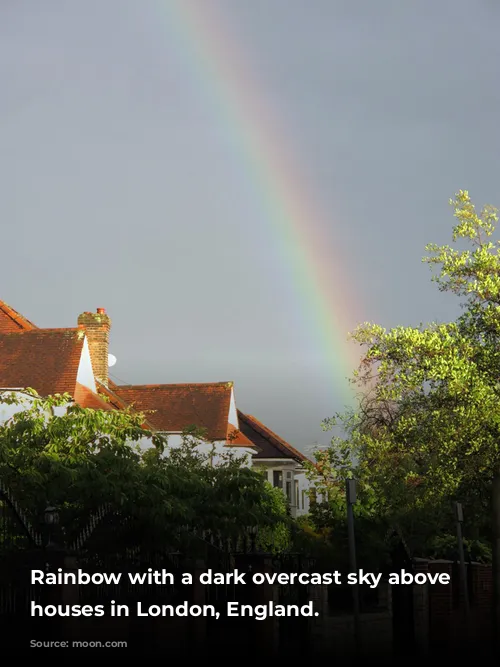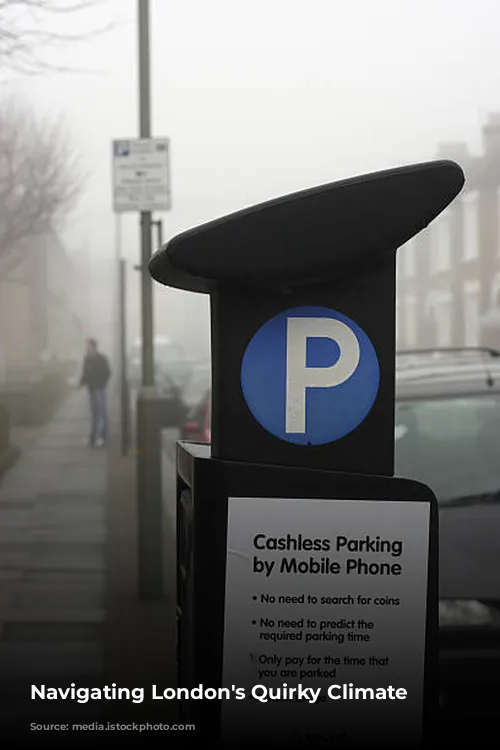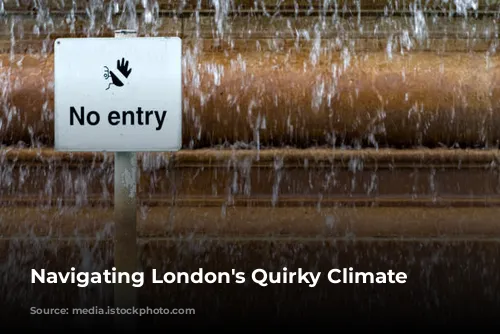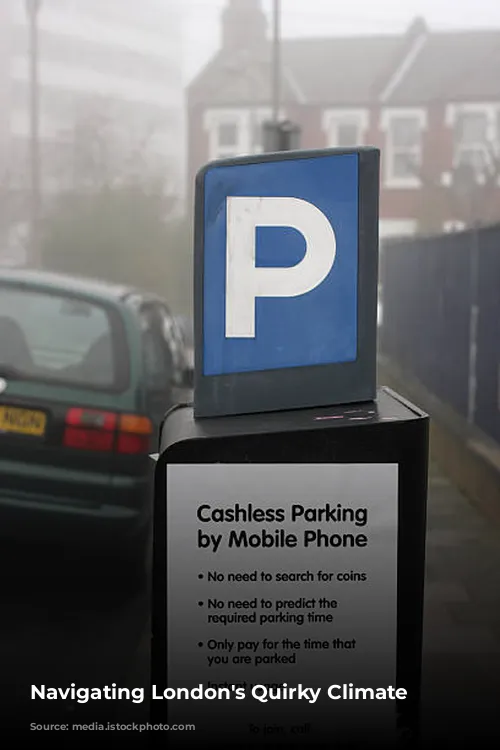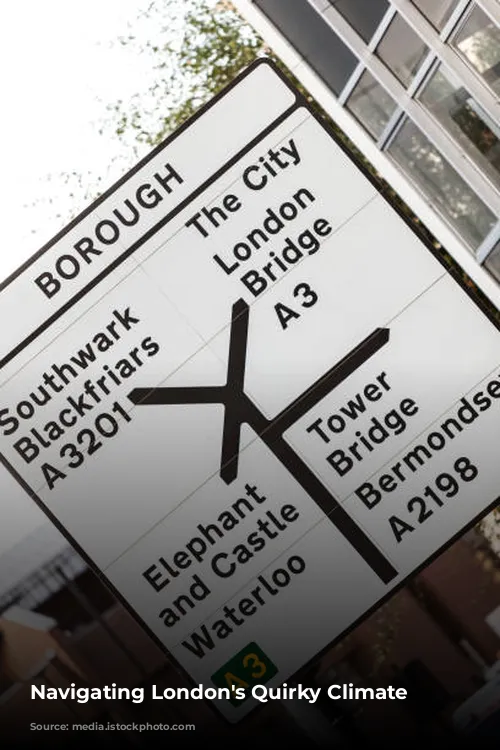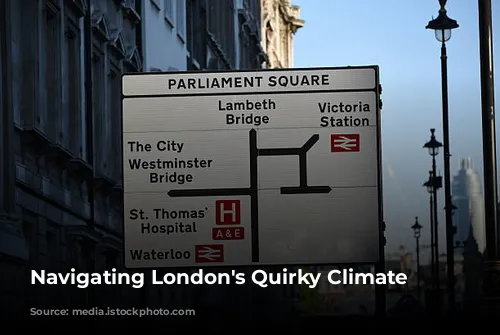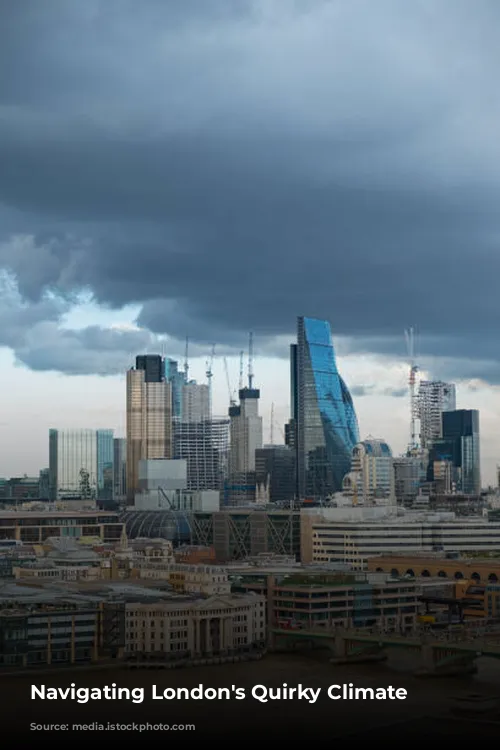Imagine stepping off a plane in London, eager to explore its iconic landmarks, only to be greeted by an unexpected surprise: the sun seems to vanish before you’ve even settled into your hotel. London’s location at 51°30’ North dramatically affects daylight hours, particularly during the winter. As the clock ticks back in October, the days shrink, ushering in a sense of winter’s arrival. By December, the sun rises late and sets early, leaving you navigating the city in the dark. It’s a stark contrast to the bright, sunny days of California, and the lack of daylight can feel a bit disheartening.
But don’t despair! London’s peculiar daylight patterns are just part of its charm. And as the days lengthen in summer, you’ll find yourself waking up to the sound of birds chirping at dawn. With the sun peeking over the horizon around 4 am, sleep may feel like a distant luxury. Evenings stretch long, with the sun only setting around 9:20 pm in June. While these long, sunny days are lovely, they can make it difficult to maintain a regular sleep schedule. Thankfully, many Londoners have discovered a simple solution: blackout curtains. These magical curtains not only block out the early morning sun, but they also provide a bit of insulation during the winter months.
Temperate Treasures: A Mild Climate Surprise
You might think that being so far north would mean London is freezing cold. But surprise! Thanks to the Gulf Stream, a warm current flowing from the Caribbean to Western Europe, London experiences surprisingly mild weather. This means that you won’t encounter extreme cold in winter or scorching heat in summer. The average daytime temperature in January is a pleasant 8°C (46°F), while July sees an average high of 22°C (73°F). While there will be some summer days that climb above 25°C (77°F) or even 30°C (86°F), London’s climate remains comfortably temperate.
Of course, even the most agreeable weather can have its quirks. London’s mild climate comes with a hefty dose of rain, which seems to drizzle down almost year-round. While the annual rainfall isn’t excessive (around 23 inches/58 centimeters), Londoners quickly learn the art of staying dry. A lightweight umbrella or a waterproof jacket are essential accessories for anyone navigating the city. And while you might experience the occasional thunderstorm, London’s rain is mostly a gentle drizzle.

Snow Day Chaos: When London Grinds to a Halt
If you’re hoping to experience a classic London snow day, you might be disappointed. London’s urban environment, with its vast network of buildings and cars, generates enough heat to make snow a rare sight. When it does snow, it’s often a fleeting affair, melting quickly. But when it does settle, London comes to a standstill. The Underground, which is mostly underground in the city center, becomes vulnerable as some lines run above ground, making them susceptible to freezing conditions. Train services also face disruptions, with ice on the tracks causing cancellations and delays.
However, it’s the traffic that truly suffers during snowy conditions. Just a small amount of snow can turn the streets into a chaotic mess, causing major gridlock. Many Londoners are not used to driving in snowy conditions, leading to misjudged maneuvers and accidents. A few years ago, I found myself caught in a snowstorm while shopping in North London. The snow fell so quickly that it took me over two hours to escape the mall parking lot. The whole situation was exacerbated by the fact that the mall entrance was situated on a slight hill, and drivers struggled to navigate the icy incline. The scene was a combination of stalled cars, frustrated drivers, and an overwhelming sense of chaos. If you find yourself in London during a snowstorm, be prepared for delays and expect to be patient as the city slowly thaws.

A Shifting Climate: Adapting to a New Weather Pattern
In recent years, London’s usual weather pattern has shown signs of change. After a long period of unusually mild winters, the past few years have brought colder temperatures and wetter conditions. This shift in the weather could be attributed to long-term weather cycles, or it could be a sign of climate change. Whatever the reason, it’s clear that London needs to prepare for more extreme weather events, including heavy rain and snow.
While London doesn’t typically experience sweltering summers, there are occasional days when the temperature climbs into the low 80s (F). These warm days bring a welcome respite from the usual dampness and are a perfect opportunity to explore London’s beautiful parks. However, most London homes aren’t equipped for long hot summers, and you’re unlikely to find air conditioning. In my 20 years of living in London, I can only remember one truly unbearable summer, the summer of 2003. Otherwise, hot spells are usually brief, lasting a week or two. So, while London may not have the dramatic seasonal shifts of other places, its quirky weather patterns are all part of what makes the city unique and endlessly fascinating.
